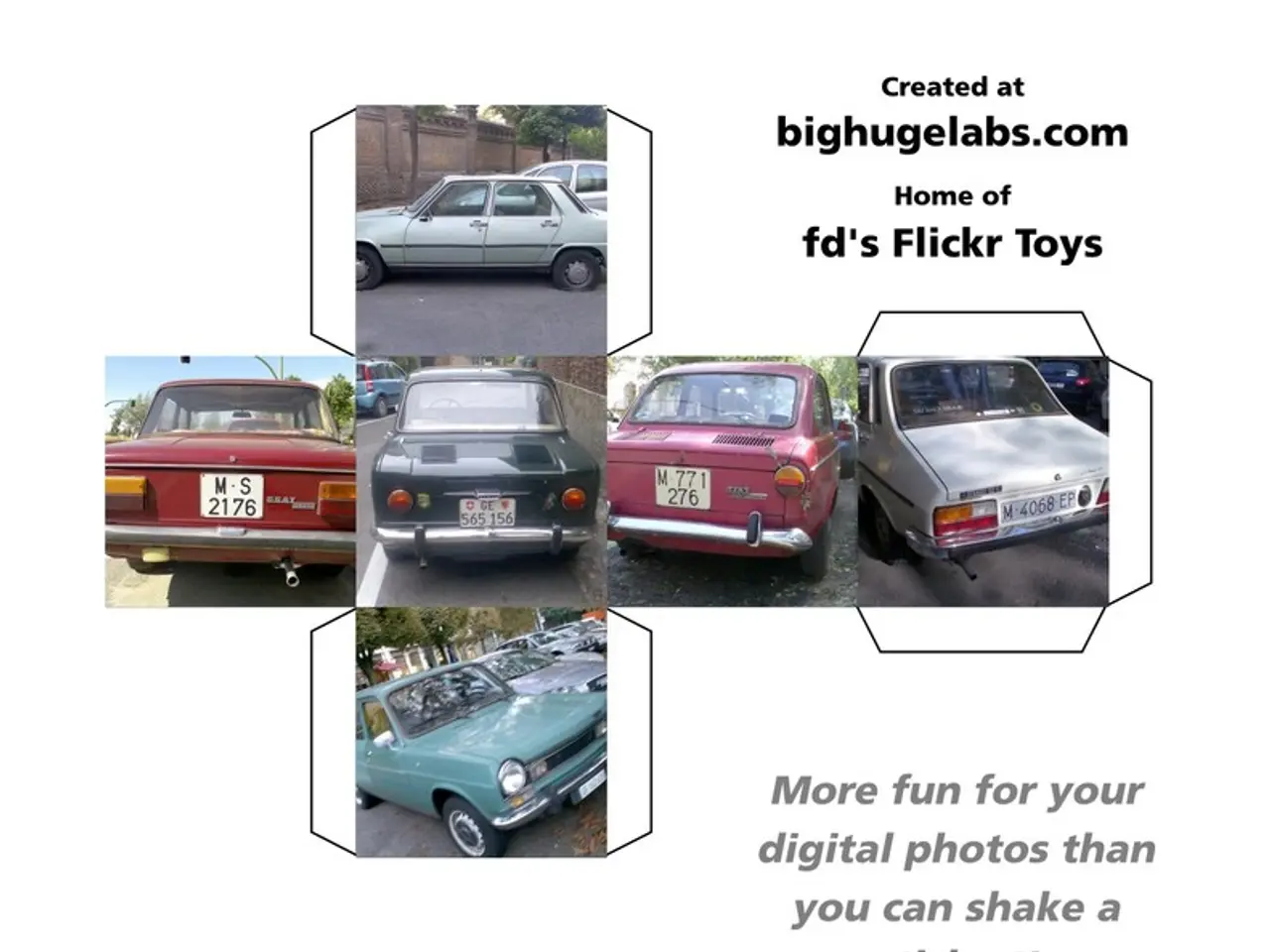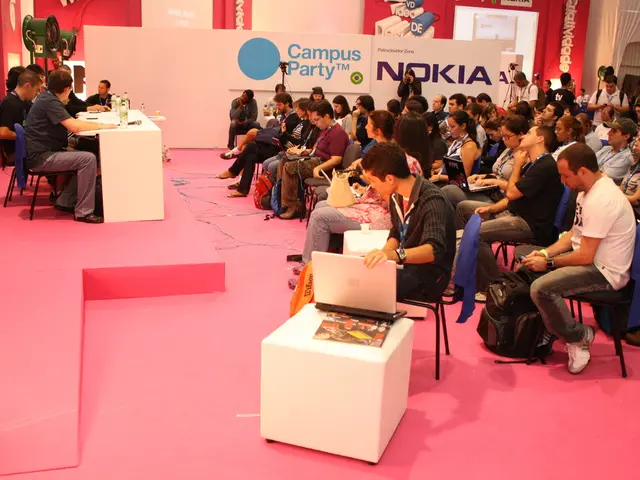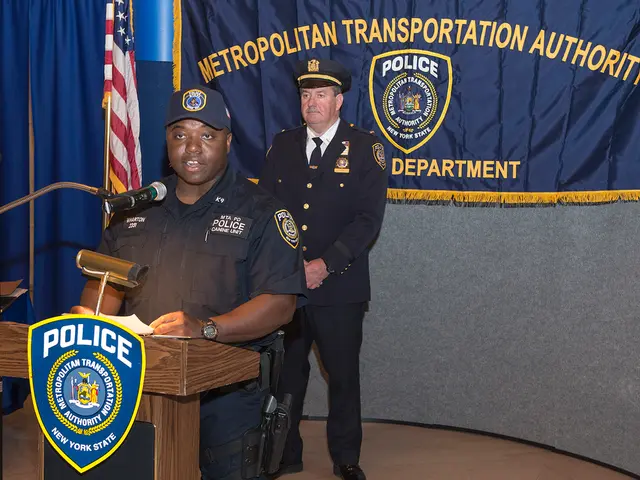Mexico City's BRT: Winning Over Middle-Class Commuters
Mexico City's Bus Rapid Transit (BRT) system, though successful in reducing traffic and commute times, faces a significant challenge: attracting middle-class users. This is a common hurdle for sustainable transportation systems in cities like New York, London, and Paris, where middle-class support has historically been crucial.
Adriana Lobo, director of the Center for Sustainable Transport in Mexico City, is working to make BRT more appealing to the middle class. She focuses on improving reliability, speed, comfort, and safety, aiming to create a viable alternative to private car use. Despite the BRT's success in increasing car commute speeds and reducing traffic time, the common perception that 'buses are for poor people; cars are for the middle class' persists, influencing political decisions.
Gaining middle-class support is often more important than engineering for project success. Understanding the unequal impacts of transportation initiatives is crucial. Lobo's efforts to enlist middle-class support could be key to the BRT's long-term success and a shift in the global car culture that often puts mass transit at odds with influential classes.
Mexico City's BRT system, despite its proven benefits, still struggles to attract middle-class users. Director Adriana Lobo's work to make BRT more appealing to this demographic is vital for the project's success and could help change the common perception that buses are only for the less affluent. This could pave the way for more inclusive and sustainable transportation systems worldwide.
Read also:
- Packaging design of Comfort brand gets an update with a flexible, adaptable system.
- Expanding Bio-based Polypropylene Market to Showcase a Compound Annual Growth Rate (CAGR) of 26.5% till 2034
- victory for Central Java communities in landmark lawsuit against textile conglomerate over pollution issues
- Sweden's Transport Administration Unveils 1,200 Billion Kronor Railway Plan for 2026-2037








